Sanded Vs Unsanded Tile Grout Pros And Cons Infinity Carpet Care
/grout-being-applied-to-tiles-using-a-grout-spreader-81992491-582b44cb3df78c6f6aa728e4.jpg)
Sanded vs. Unsanded Tile Grout Basics, Pros and Cons
Sanded grout is for wider spaces between tiles - anything over ⅛ of an inch. Unsanded grout is used for smaller tile spacing, less than ⅛ of an inch. For grout lines that are ⅛" wide, you can choose either sanded or unsanded grout, but consider durability and appearance when making a decision. Sanded grout shrinks less than unsanded grout.
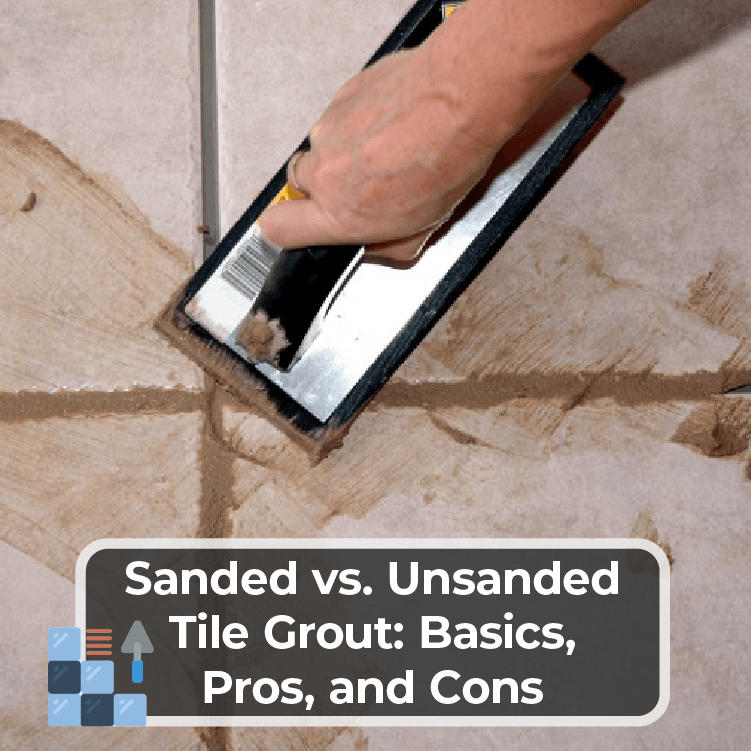
Sanded vs. Unsanded Tile Grout Basics, Pros, and Cons Kitchen Infinity
The Core Differences Of Sanded Vs Unsanded Grout. Sanded grout is a Portland cement-based grout having inorganic aggregates, silica sand, along with chemicals in it, as its name suggests. You should use sanded grout wherever possible because sand particles can lock together to make a strong connection when grouted together in a wide area.
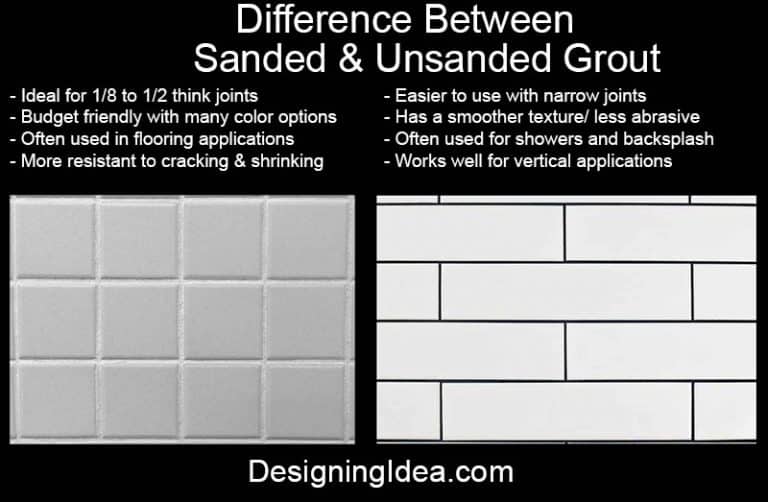
Sanded Vs Unsanded Grout (Design Guide) Designing Idea
Uses Sanded vs. Unsanded Sanded Unsanded Recommended Uses Grout Widths Tile Surfaces Cost Frequently Asked Questions It's time to talk about a material that bonds tile to its substrate: grout. Grout fills the spaces between the tiles and is wiped clean with the edge of the float.
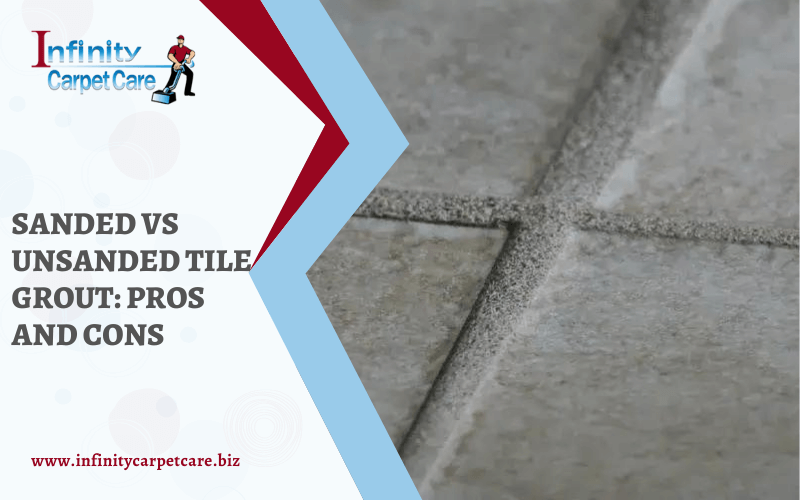
Sanded Vs Unsanded Tile Grout Pros And Cons Infinity Carpet Care
Sanded grout has sand in it, which slows drying time and adds strength to the grout, but it can be difficult to use initially, and it is rough on hands. Comparison chart Differences — Similarities — Choosing the Right Grout for the Joint Size Grout should be chosen according to the size of joint (space) between tiles.
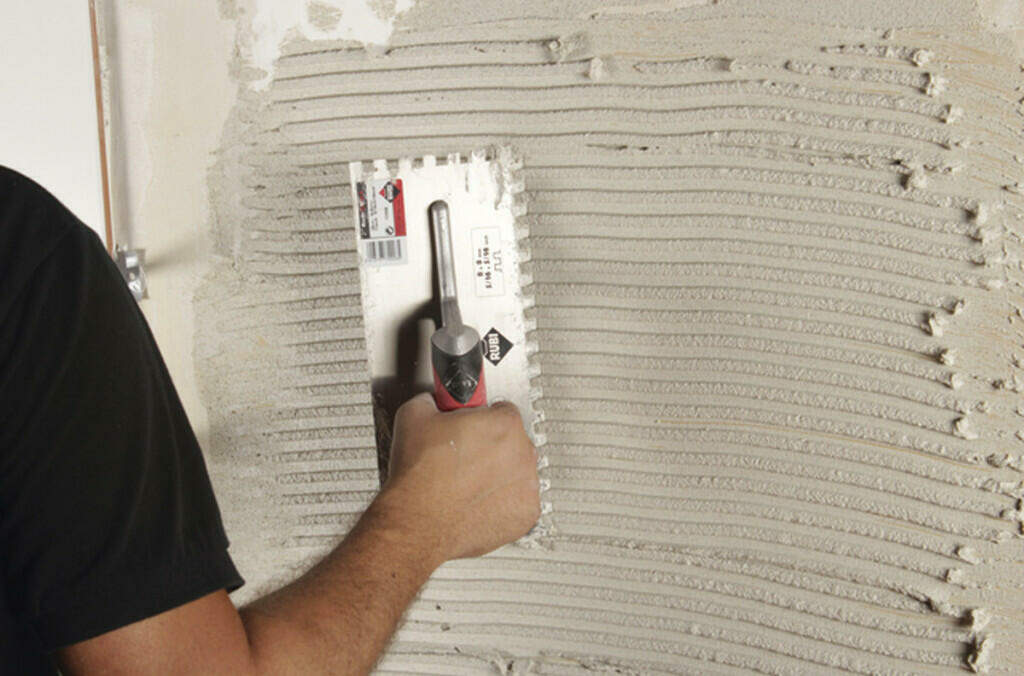
Sanded vs. Unsanded Grout The 4 Biggest Differences That Matter
Without the aggregate filler, unsanded grout is easier to use when tiling walls, this is because it sticks better to vertical surfaces and has less slump than sanded grout. Unsanded grout is an excellent choice for the following projects provided the joints are less than 1/8" wide: Bathroom or Kitchen Walls. Shower Walls and Pan.

Sanded Vs Unsanded Grout 5 Key Differences & Meaning of Grout Types
Grout Widths. You can also determine what grout you should use based on the width of the grout line that needs to be filled. Sanded grout is best for grout lines that range from 1/8 to ½ inch. Unsanded grout is a better option for lines that range from 1/16 to 1/8 inch. It is the preferred choice because sanded grout will not compact well in.
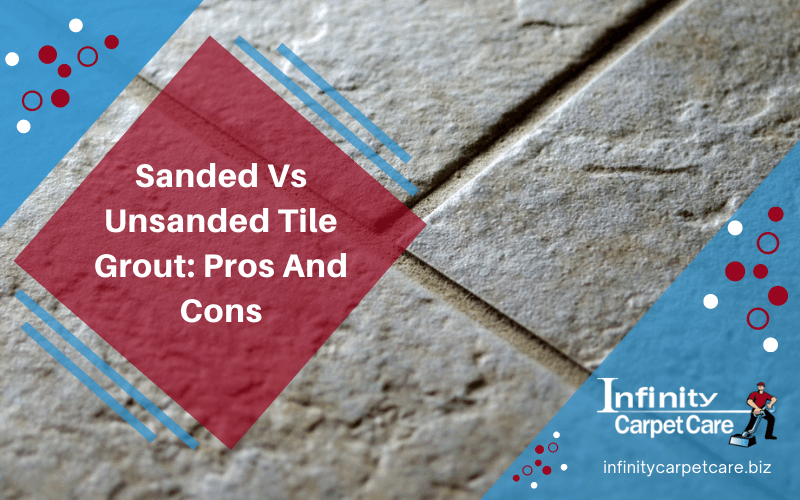
Sanded Vs Unsanded Tile Grout Pros And Cons Infinity Carpet Care
1. Thickness and Durability As its name suggests, sanded grout is grout with sand added. Unsanded grout, on the other hand, has no sand material. It's also referred to as non-sanded grout. Sanded grout is thicker and more durable than unsanded because it holds up against shrinkage.

Sanded vs Unsanded Grout For Tiles
Installing Tile Sanded vs. Unsanded Grout: Which One Should I Use? Learn the differences between unsanded grout and sanded grout, so you can decide which is the best option for your tiling project. By Kamron Sanders Published on June 8, 2023

How to Choose the Right Grout Size for Your Tile
What's the Difference? Sanded vs. Unsanded Grout Which type of grout is best for marble floors, and which should you when tiling walls? Learn the ins and outs of sanded and unsanded grout.

Sanded Vs Unsanded Grout (Design Guide) Designing Idea
This makes unsanded grout suitable to use in environments with high moisture and humidity such as bathrooms and kitchens. What Is The Cost Of Unsanded Grout? Since unsanded grout contains polymer components, it may be more expensive than sanded grout products. For powdered unsanded grout, you can expect to pay $10 for a 25lb bag.
:max_bytes(150000):strip_icc()/Sanded-vs-unsanded-tile-grout-1822584_color-ac2bb41141024ead823b7047fee86375.jpg)
Sanded vs. Unsanded Tile Grout Basics, Pros & Cons
Sanded vs. Unsanded Grout Which of these two common styles of grout you use on your tile job is typically based on the width of the joints between tiles.. Sanded grout contains an aggregate of silica sand for strength. It has a coarser texture and is a bit harder to clean, but it's the best choice for tile joints wider than 1⁄8 in.
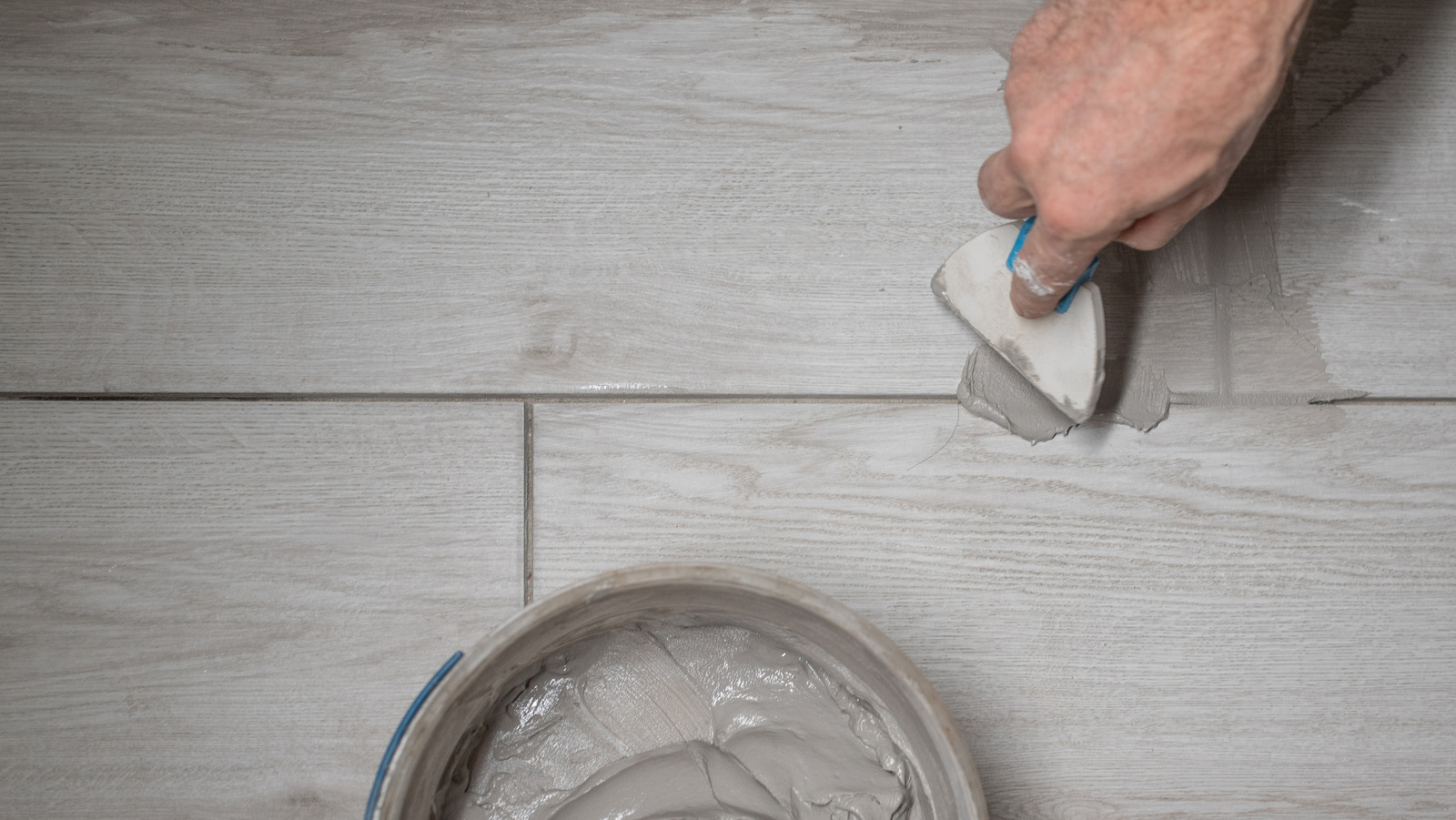
Sanded Vs. Unsanded Grout A Comparison
While sanded grout is good for high-traffic locations, unsanded grout is best for areas that are high in moisture and humidity, like the bathroom or kitchen. The grout composition is resistant to moisture and mold growth, making it ideal for the shower walls, bathroom floors, kitchen floors, or kitchen backsplash.

Sanded vs Unsanded Grout For Tiles
Sanded grouts - this is an excellent choice for natural stone, marble tiles, glass and other heavier tile materials. Unsanded (non-sanded) grout is recommended for smaller narrow joints which have a spacing less than 1⁄8 inch wide. You could use it to fill larger joints, but there is a possibility that it will crack due to the lack of.

Sanded vs. Unsanded Grout for Backsplash Tile MSI Surfaces
The only real difference between the two is exactly what you might expect: one is mixed with sand, and the other isn't. Simple enough. But that simple distinction will drive a lot of your decisions while back at home peering at the instructions on the bag.

Sanded vs Unsanded Grout Which Should I Choose? The Handyman's Daughter
It is one of the significant differences between sanded vs unsanded grout. Use this grout type if the joint is less than 1/8 inches wide. Scratchable Surfaces. Many specialists advocate using unsanded grout when working with smooth or polished tile, such as limestone or marble. This is because sanded grout may scratch these tile surfaces during.
/sanded-vs-unsanded-tile-grout-1822584-hero-b8bc2aba71b44d4eb42f6a14b6883a2d.jpg)
Sanded vs. Unsanded Tile Grout Basics, Pros and Cons
The main difference between sanded and non-sanded grout is in the uses - where sanded grout is used for tile joints wider than 1/8 inches due to its thickness and strength.while unsanded grout is thin and is used for joints that are thin and smaller than 1/8 wide.